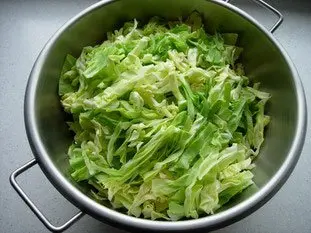How to prepare cabbage
A recipe from cooking-ez.com December 31th 20131.16 M 13.7
For 1 cabbage, you will need:
- 1 1 green cabbage
- 2 1 tablespoon white (spirit) vinegar
- Total weight: 1,015 grams
Times:
| Preparation | Resting | Cooking | Start to finish |
|---|---|---|---|
| 35 min. | 5 min. | 3 min. | 45 min. |
Step by step recipe
| 1 | Place cabbage in front of you, then cut off and discard stalk end. | 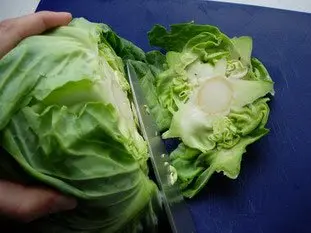 |
| 2 | Remove any discoloured or wilted leaves and discard. Stand cabbage on its base, then cut in two vertically. | 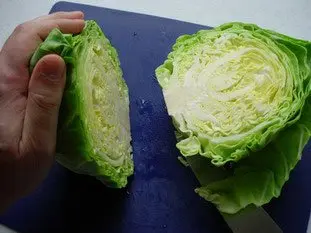 |
| 3 | Cut each half in two again. You will notice that there is a white hard stalk inside, not good to eat. | 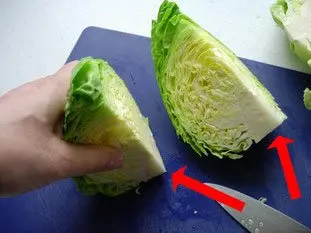 |
| 4 | Cut out and discard these hard stalk sections. | 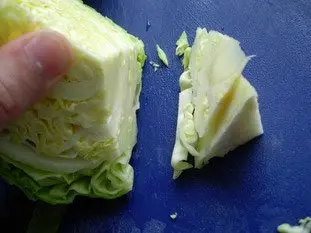 |
| 5 | Then separate each ¼ into individual leaves. | 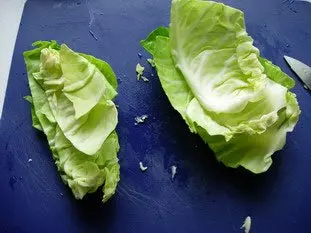 |
| 6 | If there are any hard central veins, cut out and discard. |  |
| 7 | Do this until reaching cabbage heart that you can leave as it is, keeping only the very best of the cabbage. Wash and drain leaves in cold water with 1 tablespoon white (spirit) vinegar added. | 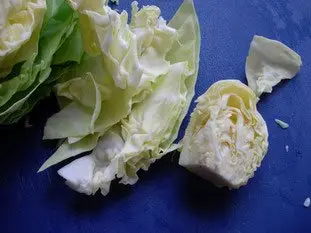 |
| 8 | Make a pile of leaves and chop to make julienne while holding together firmly. | 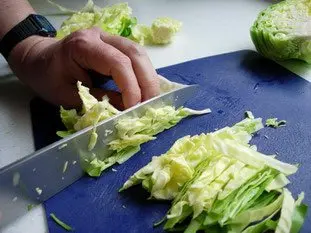 |
| 9 | Do this for all the other leaves. Your cabbage is ready to use as raw. | 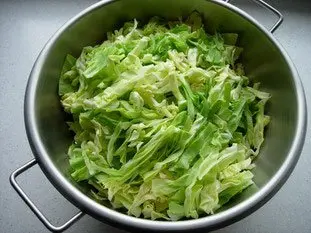 |
| 10 | For cooked cabbage, make boil a big pan of salted water (1 tbsp rough salt by litre of water), and put cabbage in. | 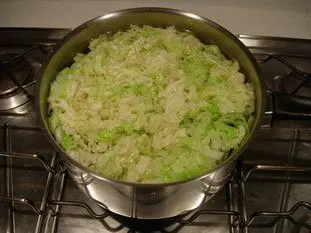 |
| 11 | When water boil again, put cabbage in cold water to stop cooking. | 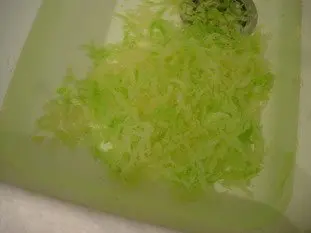 |
| 12 | Leave cabbage to cool, then drain carefully and leave on a linen tea-towel or absorbent paper. Note: The best way to drain cooked cabbage is in a salad spinner. | 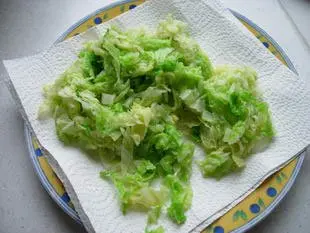 |
View this recipe : https://cooking-ez.com/trucs_astuces/recipe-how-prepare-cabbage.php
January 2nd 2026.

